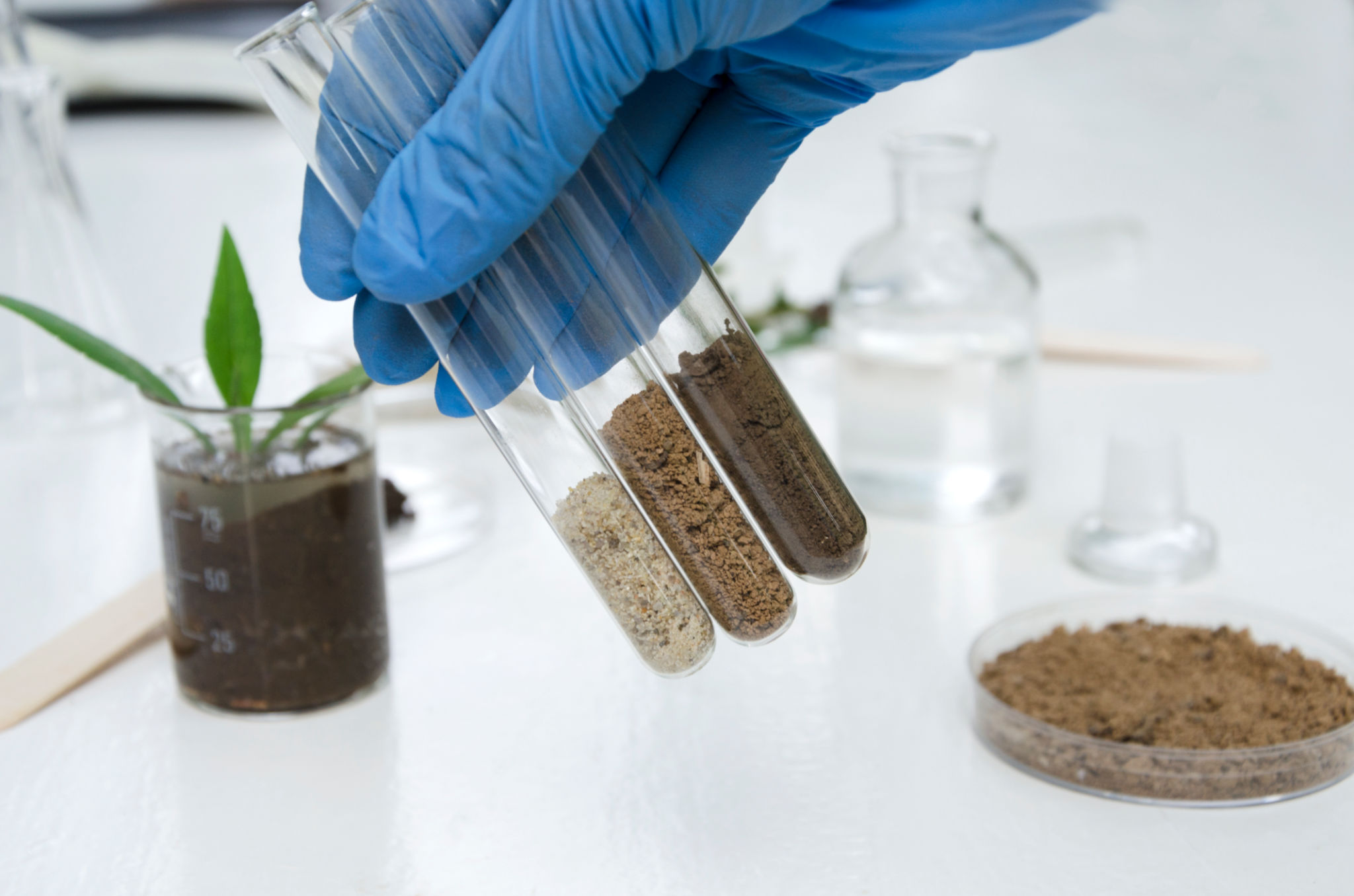How to Choose the Right Plants for Your Flanders Food Forest
Understanding the Basics of a Food Forest
A food forest is a diverse ecosystem that mimics a natural forest but is packed with edible plants. Creating a thriving food forest in Flanders requires careful planning and selection of plants suited to the local climate and soil conditions. The goal is to create a self-sustaining system that provides food, improves biodiversity, and enhances soil health.
Before selecting plants, it’s crucial to understand the different layers of a food forest. Typically, these include the canopy (tall trees), understory (smaller trees and shrubs), herbaceous layer (herbs and vegetables), ground cover, root zone, and vertical layer (climbers). Each layer plays a role in the ecosystem, and choosing the right plants for each layer is vital for a successful food forest.

Assessing Your Site Conditions
Before choosing plants, assess the specific conditions of your site. Consider factors such as sunlight, soil type, water availability, and wind exposure. In Flanders, the climate is temperate maritime, meaning you’ll need to select plants that can thrive in these conditions.
Conduct a soil test to determine its pH and nutrient content, as this will influence plant choices. Most food forests thrive in slightly acidic to neutral soil with good drainage. Consider areas of your site that receive full sun, partial shade, or full shade, as different plants will have varying sunlight requirements.

Selecting the Right Canopy Trees
The canopy layer forms the backbone of your food forest. In Flanders, consider native trees such as oak, beech, or hazelnut. These trees not only provide shade and protection for the lower layers but also contribute to the ecosystem by attracting wildlife.
When selecting canopy trees, consider their height and spread to ensure they won’t overshadow other plants. Also, think about their fruiting characteristics if you're looking for edible yields such as nuts or fruits.

Choosing Understory Plants
The understory layer consists of smaller trees and shrubs that thrive beneath the canopy. In Flanders, you might choose elderberry, blackcurrant, or gooseberry shrubs. These plants can provide fruits and act as windbreaks while supporting biodiversity.
Focus on selecting species that complement each other in terms of growth habits and nutrient needs. For instance, nitrogen-fixing plants can help improve soil fertility and support other plants in your food forest.
Incorporating Herbaceous Plants and Ground Cover
The herbaceous layer includes vegetables and culinary herbs. Popular choices in Flanders might include perennial vegetables like kale or herbs such as thyme and rosemary. These plants can be harvested regularly for food and help suppress weeds.
Ground cover plants such as clover or creeping thyme are essential for protecting the soil from erosion and retaining moisture. They also add aesthetic value to your food forest.

Root Zone and Vertical Layer Considerations
The root zone includes tubers and root crops like potatoes or carrots. These crops can be planted in areas with loose soil to allow for easy growth and harvesting. They provide a hidden yet valuable source of nutrition.
The vertical layer involves climbers such as grapes or beans. These plants make use of vertical space and can be trained to grow on trellises or existing trees, maximizing yield without occupying ground space.
Maintaining Biodiversity and Ecosystem Health
Biodiversity is key to a thriving food forest. Incorporate a variety of plant species to create a balanced ecosystem. This diversity helps manage pests naturally, supports pollinators like bees, and enhances resilience against diseases.
Regularly monitor your food forest to ensure that it remains healthy and productive. This may involve occasional pruning, mulching, and managing plant competition to maintain harmony within the ecosystem.

Final Thoughts
Building a food forest in Flanders is a rewarding endeavor that requires thoughtful planning and plant selection. By understanding your site’s conditions and choosing suitable plants for each layer, you can create a productive and sustainable ecosystem that provides nourishment and ecological benefits for years to come.
With patience and dedication, your Flanders food forest will become a lush haven for both humans and wildlife, contributing positively to the local environment.
